In the heart of North America, long before the arrival of European explorers, a series of remarkable civilizations thrived along the Mississippi Valley. These were the Mound Builders, societies known for their impressive earthworks and complex social structures. While their history has faded into obscurity over the centuries, their contributions to human civilization remain significant. The Mound Builders were not a single group, but rather a series of cultures that spanned thousands of years, leaving behind a legacy that continues to fascinate archaeologists and historians today.
The Enigmatic Origins of the Mound Builders
The origins of the Mound Builders are shrouded in mystery, as their story begins in prehistoric times. These societies emerged around 3500 BCE and flourished until the arrival of the Europeans in the 16th century. The question of who they were and where they came from has intrigued researchers for decades. Some theories suggest they migrated from other parts of North America, while others propose they were indigenous to the region. Despite the lack of written records, the archaeological evidence points to a sophisticated culture with deep roots in the Mississippi Valley.
Architects of the Earth: The Mounds
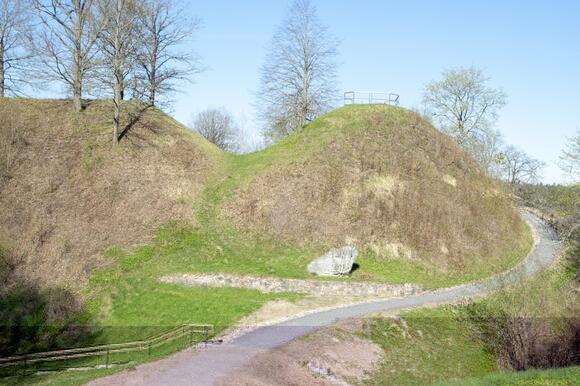
One of the most striking features of the Mound Builders was their impressive earthen mounds, which served various purposes. These mounds, often shaped like animals or geometric figures, could be used as burial sites, ceremonial centers, or platforms for buildings. The sheer size and complexity of these structures indicate a highly organized society capable of mobilizing large groups of people for construction projects. Cahokia, located in present-day Illinois, is one of the most famous examples, with its massive Monks Mound towering over 100 feet tall.
Social Structure and Governance
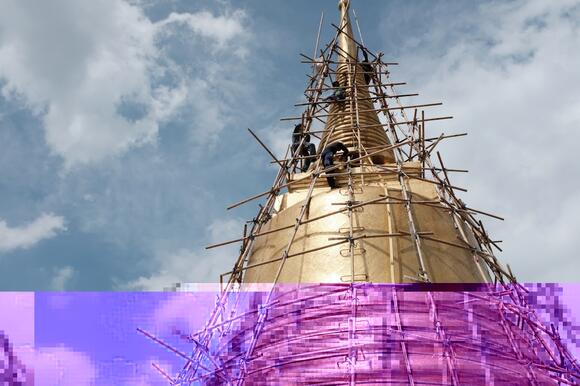
The Mound Builders were not a homogenous group, but their societies shared certain social structures. They were organized into chiefdoms, with a hierarchy that included leaders, artisans, and laborers. The leaders, often referred to as chiefs or priests, held significant power and were responsible for the welfare of their communities. This social organization allowed for the coordination of large-scale projects and the distribution of resources, ensuring the survival and prosperity of their people. Their governance systems were complex, reflecting a deep understanding of leadership and community.
Trade Networks and Economic Influence
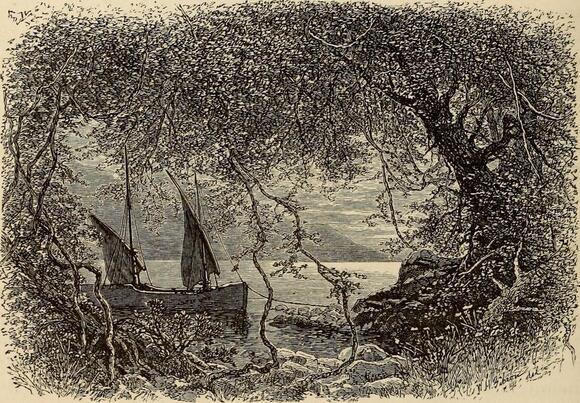
The Mound Builders were not isolated; they established extensive trade networks that connected them with other cultures across North America. They traded goods such as copper, shell beads, and pottery, which have been found in archaeological sites far from the Mississippi Valley. This exchange of goods facilitated cultural interactions and the spread of ideas, contributing to the development of their societies. These trade networks were vital for their economic stability and allowed them to influence a wide range of regions.
Ceremonial and Religious Practices
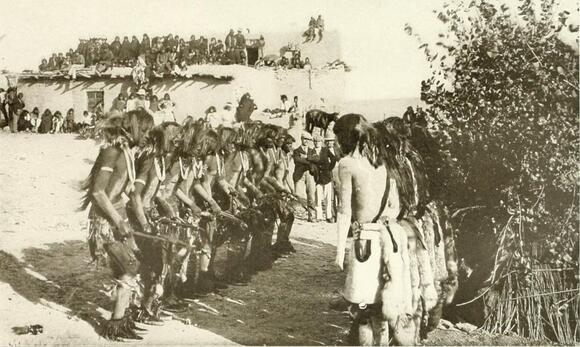
Religion played a central role in the lives of the Mound Builders, as evidenced by the ceremonial mounds and artifacts discovered at their sites. These societies practiced a form of animism, believing that spirits inhabited the natural world around them. Ceremonies were held to honor these spirits and seek their guidance. The construction of mounds often had religious significance, serving as places for rituals and gatherings. These practices reinforced social cohesion and provided a spiritual foundation for their communities.
Art and Cultural Expression
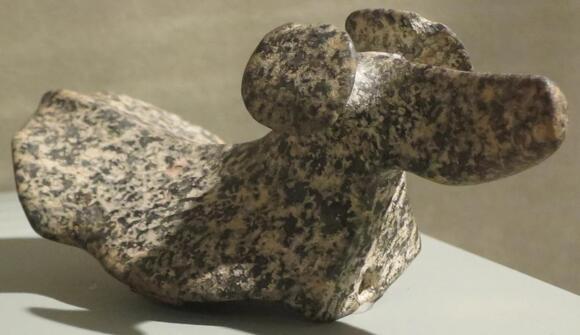
The artistic achievements of the Mound Builders are evident in the artifacts they left behind. Their pottery, jewelry, and carvings showcase a high level of craftsmanship and creativity. These items often depicted animals, humans, and abstract designs, reflecting their connection to nature and spiritual beliefs. The art of the Mound Builders served not only as a form of expression but also as a means of communication and identity. Their artistic legacy provides insight into their values and worldview.
Agriculture and Sustenance

Agriculture was the backbone of the Mound Builders’ societies, providing the sustenance needed for their large communities. They cultivated crops such as maize, beans, and squash, using advanced agricultural techniques. The fertile lands of the Mississippi Valley supported their farming practices, allowing them to produce surplus food. This agricultural surplus enabled population growth and the development of urban centers. Their expertise in agriculture was a key factor in their ability to sustain complex societies.
The Decline and Disappearance

The decline of the Mound Builders remains a topic of debate among historians and archaeologists. Several factors likely contributed to their eventual disappearance, including environmental changes, resource depletion, and conflicts with neighboring tribes. The arrival of European explorers and settlers also played a role, bringing diseases and disruptions that devastated indigenous populations. Despite their decline, the legacy of the Mound Builders endures through the mounds and artifacts they left behind, offering a glimpse into their once-thriving civilizations.
Modern Discoveries and Archaeological Insights
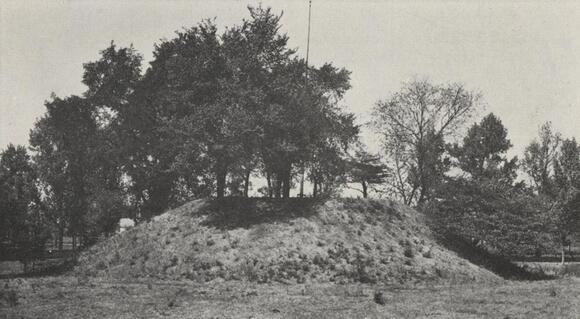
Recent archaeological discoveries continue to shed light on the lives of the Mound Builders. Advances in technology, such as ground-penetrating radar and remote sensing, have allowed researchers to uncover new sites and gain a deeper understanding of their societies. These discoveries challenge previous assumptions and reveal the complexity and sophistication of the Mound Builders. Ongoing research aims to piece together their history and preserve their cultural heritage for future generations.
The Enduring Legacy of the Mound Builders
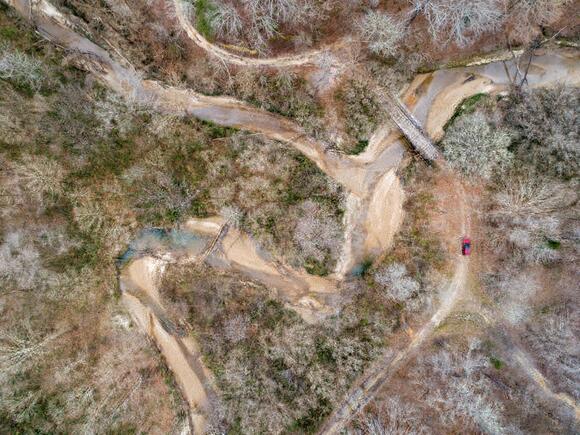
The Mound Builders left an indelible mark on the landscape of North America, and their influence can still be seen today. Their mounds remain as silent witnesses to their achievements, reminding us of the rich history of the Mississippi Valley. Efforts to preserve and study these sites are crucial for understanding the past and honoring the legacy of these forgotten civilizations. The story of the Mound Builders serves as a testament to the resilience and ingenuity of human societies, inspiring us to explore the mysteries of our shared history.